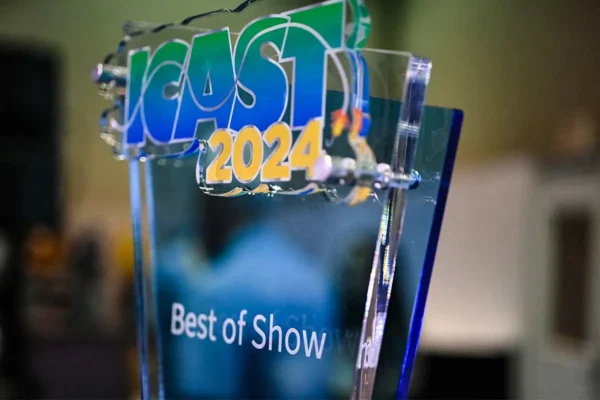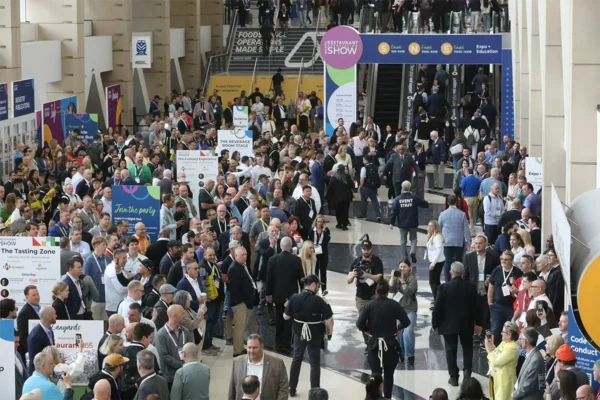Sales Blames Marketing For Poor Quality Leads & Marketing Blames Sales For Poor Follow-up
by Richard Erschik
When making a telephone call today, think about what happens. Technology barriers aside, for now, recipients of your call have two choices. Answer it. Or don‘t, and let it go to the black hole of “voicemail.”
Now, considering today’s technology and hardware, recipients of calls can actually see who is calling, before they make the choice to answer or not. If, by the unlikely chance they answer your call on your first attempt, they either knew it was you calling, or, you have interrupted whatever they were doing when they took your call. And if they answered, they now have to shift all of their attention from what they were doing, to whatever you say in the first few words. Then they have to make the conscious decision to give your call their undivided attention, or just hang-up.
Now, think for a minute about what happened when you made your last cold call by phone. When you don’t know the person you are calling, and they don’t know you, you probably get their voicemail. Right? And if you left a message on their voicemail, it probably went something like this? “Hello, Mr./Mrs. Smith, this is Mr./Mrs. Jones. I’m with so and so company. My number is 000-000-000. Please return my call.”
Now let’s take technology and hardware barriers to making telephone calls today into full account and consider that “The technology that’s in place today to help us make calls, actually makes it harder for us to connect with who we are calling.” By that I mean smart phones, cell phones, voice dialing, predictive dialers, robo calls, one touch speed dialing, all make it easy to communicate. But the dreaded automated switchboards in companies, personal voicemail, and caller ID make it difficult, if not impossible, to connect with whom we are calling.
What’s the point in all this you may be asking? If you have a sales title, and the next person you actually talk to on the telephone represents the “new” business you want, to generate the sales commissions you need, to sustain or improve your livelihood, you understand what I’m getting at.
“The Message You Leave When Making Telephone Calls, Is More Important Than The Contact You Make With Whom You Are Calling”
Now let me take you into the world of trade shows today–into a world where statistics about the above abound with real-world barriers to success, along with opportunities to change, both of which are subject to positive and negative statistics.
One such statistic of opportunity that lies in all of this is that 81 percent of visitors that stop into trade show booths today have “buying power” according to CIER.org. Another CEIR statistic of opportunity states that 86 percent of visitors to trade show booths are “new sales prospects.” That means they are not in your databases from having been contacted by you before.
Considering that the number one reason why exhibitors invest and exhibit in trade shows today, is to generate sales leads from booth visitors, a negative statistic identifies that less than 20 percent of those leads are ever followed up. Let me emphasize the word “ever” in the last sentence.
At this point, you might ask, “How can that be?” Companies exhibit in trade shows with the number one objective of generating sales leads from new business prospects, 20 percent of which are ever followed-up?
Maybe, just maybe, the beginning of this story has a lot to do with the ending, because maybe your sales people are the ones tasked to do the lead follow-up after the trade show, and they attempt to do it by telephone. If they do, consider the following statistic as the basis for the reason for their poor follow-up.
Based on having made more than 1, 600,000 outbound telephone calls, to telephone qualify more than 1,000,000 sales leads, for more than 140 companies, statistically it required 3.4 telephone dialing attempts to reach anyone. In addition, it required 7.6 telephone dialing attempts to reach, and identify a prospect, that had an immediate or near future intention to purchase the product or service they inquired about, according to LTS Inc.
So expecting your sales force to simply take all the leads you send them after your show, and “dial for dollars” is simply an unrealistic expectation today. So why do you continue to do it and eventually participate in the inevitable blame game about trade show justification and ROI. You know the game. It’s where marketing blames sales for not following up the leads. And sales blames marketing for poor quality leads. No one really wins that blame game other than perhaps the CFO, who is suggesting trade show budget cuts and even department downsizing in some companies.
If at this point, you are basking in the unfounded comfort of having the latest and greatest software solution in place to circumvent all of what I have stated so far; stop for a minute and consider that software doesn’t follow-up the leads. People do. Or they should. But they don’t (20 percent) and can’t. And that perhaps all the software is doing is getting your leads to your sales force faster, so nothing can be done with them sooner.
The November 2017 issue of Meetings & Conventions magazine contains a very interesting article titled “Marketing Rules.” The subtitle of that article is, “Why CMOs Have Taken the Leading Role in (Tradeshow) Events” and the very reason behind this writer’s contention that the marketing department should take on the complete responsibility of trade show lead generation AND follow-up, if the quest for the illusive holy grail of ROI is the ultimate objective of tradeshow exhibiting.
If your next question is, “How do I do that?” Just ask me, that’s what I teach in my Master Class. In the meantime, consider changing the message you leave on answering machines and voicemail today to be that of your elevator speech.
Richard Erschik nurtures a passion to teach trade show exhibitors short cuts he learned the hard way as an exhibitor in a major U.S. industry. He is among the highest rated exhibitor educators, and trainers in the country. He has been a Roundtable moderator, FastTrak instructor, and featured speaker and presenter at the EXHIBITOR Show in Las Vegas for 18 years. Telephone/Text: (630) 642-6500. For more info, visit www.ExhibitorTrainingWebinar.com or email Richard@ExhibitorTrainingWebinar.com.
Richard Erschik’s next MasterClass Webinar–Get the MOST from PRE-DURING-POST Tradeshow Exhibiting” for PRO and BEGINNER Exhibit Managers will be held Wednesday, June 27, from 3-4 p.m. (EDT). To register, visit ExhibitorTrainingWebinar.com or http://bit.ly/2HhN1Vw.
This story originally appeared in the March/April issue of Exhibit City News, p. 74. For more pictures and original layout, visit https://issuu.com/exhibitcitynews/docs/mar-apr_ecn2018






























